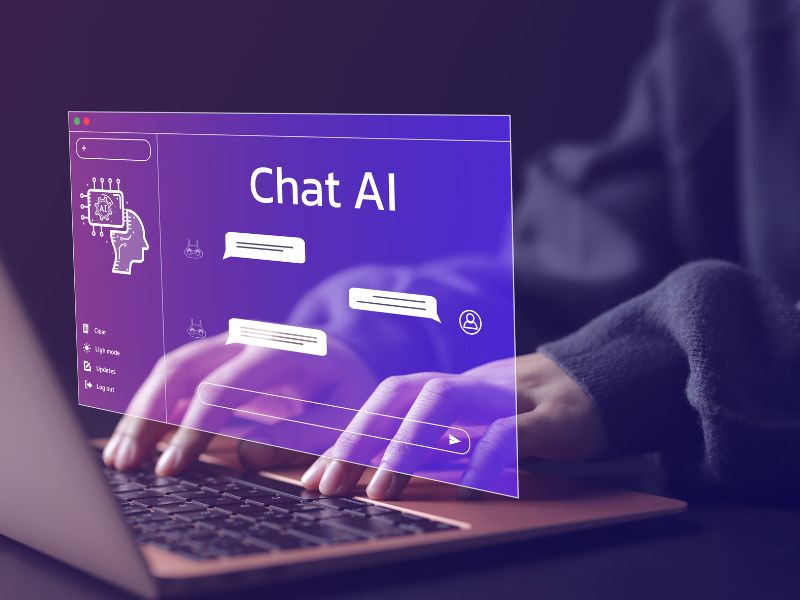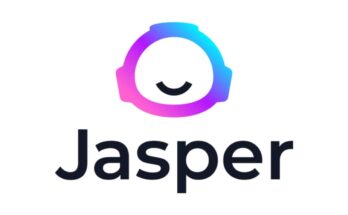Character AI bots have made a big splash in recent years, from character companions for role playing games to artificial intelligence customer service agents and even game characters. But there isn’t always another bot to be said about character AI—what makes a character AI bot worth the hype?
The Mission of our blog is to provide in-depth and comprehensive tutorials and best practices for creating high-quality, engaging & realistic Character AI bots. We’re here to help, regardless of the role you hold in developing these products – as a developer, storyteller or simply an enthusiast.
What Is a Character AI Bots?
A Character AI bots is an artificial intelligence (AI) digital entity that simulates a human-like character, typically through natural language processing (NLP), machine learning, or personality modelling. Unlike traditional bots that are not designed to answer questions, character bots have personalities, emotions, backstories, and behavioral characteristics.
They can:
- Hold ongoing conversations
- Respond in a character-specific tone
- Learn from interactions
- Adapt to various user inputs
Now we ‘ll talk about how to make one that ‘s special.
Step 1: Determine the Character Role and Function
Pre-code or pre-train by first establishing your bot’s personality:
- Who is your character? (Is it a pirate? A sci-fi soldier? A therapist?)
- What is their function? (Entertainment, education, mental health support, etc.)
- What kind of tone will they have? (Humorous, professional, sympathetic, sarcastic?)
- Who is the intended audience? (Children, gamers, professionals, casual users?)
Owning a correct character profile beforehand guarantees consistency and direction.
Example:
Name: Captain ZarnakRole: Sci-fi roleplay game space explorer botTone: Witty, adventurous, recklessAudience: Sci-fi fans age 15-35
Step 2: Create a Detailed Personality and Backstory
A flat character ‘s boring. Even if you make AI characters. Think of it like:
- A brief history – where did they come from? what had happened to form them?
- Personality traits: Are they reasonable, rational, calm – critical / funny?
- Likes and dislikes – Adds realism.
- Speech patterns – Formal, informal, slang-heavy, etc.
The more detail you put into it the more immersive the bot will be.
Tip: Make use of character sheets like writers do when creating fictional characters.
Step 3: Select the Proper Platform or Framework
You will require a platform or toolkit to develop your character bot. Some of the most popular ones are:
- Character.AI – Suitable for fast, text-based personality bots.
- Replika – Emphasizes emotional bonding and learning user preferences.
- Botpress, Rasa, or Dialogflow – For technical, custom bots.
- ChatGPT API – Extremely flexible with strong language generation.
Select according to your purpose, coding ability, and budget.
Step 4: Write a Good Prompt or Dataset
If you’re working with a language model such as ChatGPT or Character.AI, the intelligence of your bots relies significantly on the prompt or training dataset.
A good prompt would have:
- Background and personality description
- Instructions on speaking style
- Example conversations
- Behavioral rules
Sample Prompt Snippet:
You are Luna, the gentle and inquisitive AI librarian who delights in introducing users to obscure books and ancient wisdom. You speak softly and in verse. You never lose your temper and always provide useful insights.
Prompt engineering is an art form. Iterate and adjust to produce the correct outcomes.

Step 5: Improve Natural Conversational Flow
A natural-feeling character AI bots is a must. To achieve this:
- Train it on conversational data, not facts.
- Add intent recognition so the responses are influenced by what the user has entered..
- Implement context awareness, so it remembers past conversations.
- Include emotional variability—make it sound surprised, sad, or excited.
Users will quit your bot in a snap if it gives robotic or off-topic answers.
Step 6: Test and Refine Regularly
No amount of planning will mean your first draft will be ideal. Testing is crucial:
- Test with various users and scenarios.
- Check for places where the bot fucks up characters or returns strange answers.
- Collect feedback and iterate often.
As simple as changing a response or changing how you say it can have an enormous impact on engagement.
Step 7: Add Ethical and Safety Filters
Specially if your bot will interact with the public. It needs limits.
- Use moderation filters to avoid offensive or inappropriate replies.
- Explain specific limitations in the prompt ( like ‘you never give legal or medical advice ‘).
- Avoid giving false or harmful information.
Ethics must be a core component of any AI design. Not an afterthought.
Wondering about safety concerns? Check out our guide: Is Character AI Safe?
Step 8: Continuing Improvement Based on User Feedback
As soon as your bot is launched, actual learning will begin. Collect user feedback and make use of analytics to monitor:
- Most frequently asked questions
- Where users are failing to engage
- Length of conversations on average
- Sentiment analysis
Begin adjusting the bot to make it more functional, and enhance user experience.
Final Thoughts
Good character AI bots is an elegant balancing act between creativity, engineering chops and empathy. It’s not about coding — it’s about storytelling, personality crafting and understanding your user. With proper planning, tools and testing, you can make virtual characters into people that people like to interact with.
As AI continues to evolve, the possibilities for character bots just keep growing. Whether it’s creating a companion app, game character or brand rep — start with a heart and build with intention—and your bot will shine.
Have you ever built an own AI character bot? Tell us about it in the comments below! And for more tech tutorials and AI tutorials follow Techbyprime.




